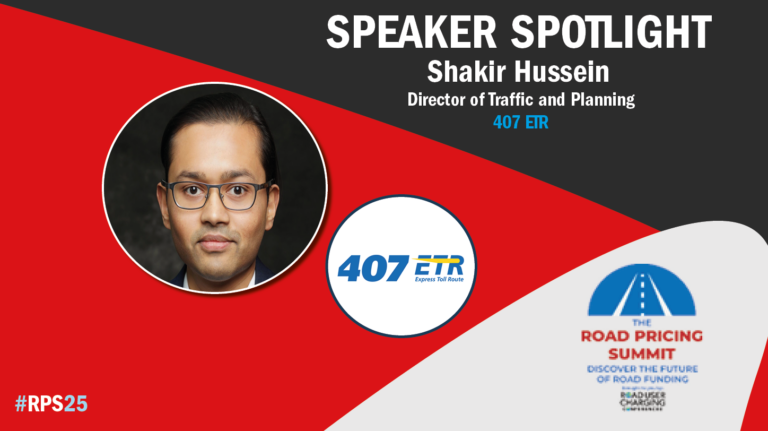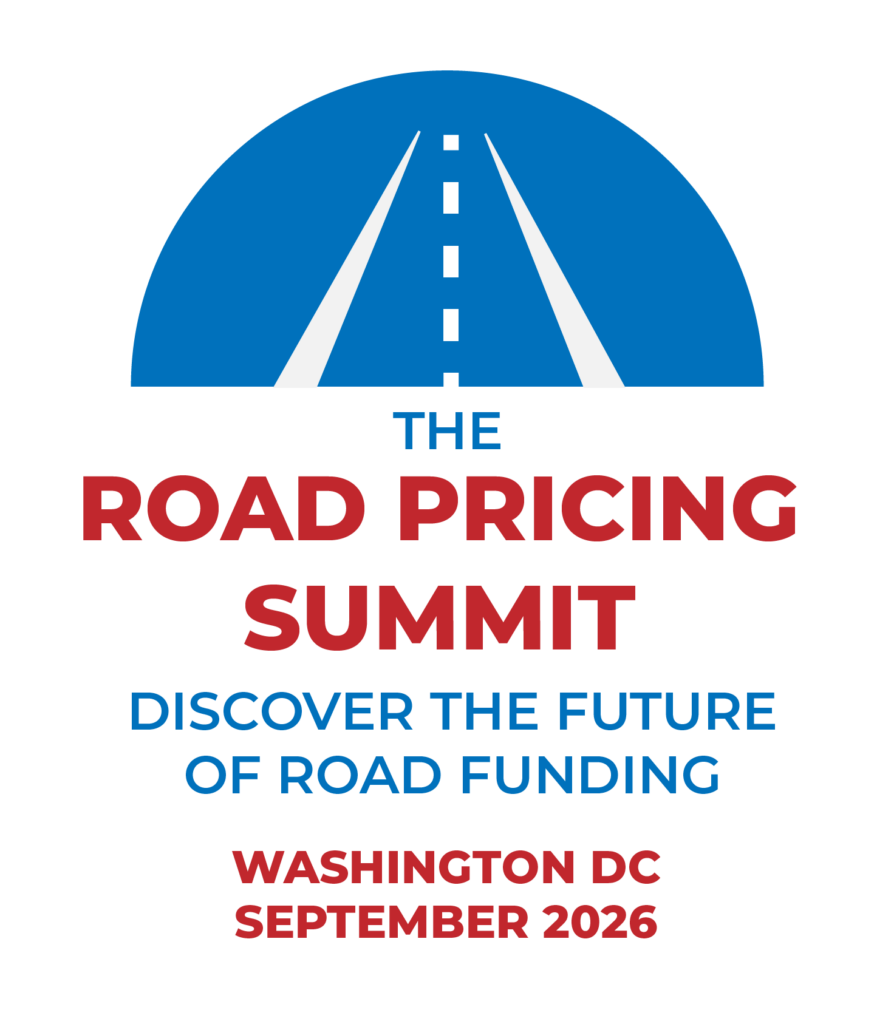As Road Pricing Summit 2025 approaches, CiTTi Magazine continues its profile series of confirmed speakers at the internationally recognised event.
Taking place on 18-19 September at the Hyatt Regency Miami in Downtown Miami, Florida, the summit will bring together senior public- and private-sector stakeholders to address one of the most urgent challenges in transport finance across North America: replacing declining gas tax revenues with sustainable funding for roads and infrastructure.
The two-day conference will convene policymakers, industry leaders and innovators to exchange best practice on the planning, financing, implementation and operation of tolling, road usage charging (RUC) and mobility pricing schemes spanning highways, urban roads and cross-border corridors.
FREE: Subscribe to the monthly Road Pricing Summit Newsletter!
Among the confirmed speakers is director of traffic and planning at 407 ETR, Shakir Hussein.
Hussein is a seasoned transportation executive with more than two decades of experience in highway traffic management, planning, and operations.
As the director of traffic and planning at 407 ETR, the world’s first all-electronic open-access toll highway, he leads teams responsible for forecasting, reporting, and infrastructure planning to ensure the highway remains safe, efficient.
With a diverse educational background, including an MBA from Queen’s University Smith School of Business, and a Master’s in Civil Engineering from the University of Toronto, Hussein brings a multidisciplinary approach to his work.
At this year’s Road Pricing Summit, Hussein will explore trust and transparency in implementing equitable congestion pricing.
This includes delving into how trust-building and transparent engagement shape successful pricing policies, with special importance paid tp global case studies where equity and legitimacy drive public support.
 Name: Shakir Hussein
Name: Shakir Hussein
Job Title: Director of Traffic and Planning
Organisation: 407 ETR
What is the most rewarding aspect of your role?
I enjoy shaping transportation strategy through data-informed planning and seeing those insights lead to measurable improvements in mobility and network performance.
What is the most pressing challenge for user-financed transportation in 2025?
The key challenge is ensuring that stakeholders fully understand the broader value of road pricing. It is not just a funding mechanism; it is a fair and effective tool that improves overall network performance by encouraging more efficient travel behaviour.
What is your best piece of advice for those implementing user-financed transport schemes?
Focus on building public understanding. When people see that user-pays means user-benefits—and that other corridors and modes of travel also improve—support becomes stronger and implementation more successful.
Does legislation support or hinder innovation in this sector?
Legislation helps when it enables innovation and provides clarity. It becomes a barrier when it is outdated or overly prescriptive, limiting the ability to respond to evolving needs and technologies.
How will user-financed transport schemes evolve by 2030?
By 2030, it will be more integrated, equitable, and responsive. Real-time data, dynamic pricing, and coordinated planning will support better outcomes for both users and operators.
Why are you looking forward to speaking at the Road Pricing Summit?
The summit is a valuable opportunity to share practical insights, highlight the equity and efficiency of road pricing, and collaborate with peers on shaping the future of transportation policy.
With a comprehensive agenda, high-level speakers and exclusive networking opportunities, the Road Pricing Summit is the only independent annual forum of its kind for tolling and road pricing professionals across the USA. Register here!





